Winter can be a challenging time for our feline companions, whether they spend their days curled up indoors or exploring the great outdoors. The colder months bring unique health risks and comfort concerns that every cat owner should understand. From keeping your kitty warm and properly hydrated to protecting their paws from harsh winter chemicals, there’s much more to winter cat care than simply turning up the thermostat.
Your cat’s winter needs vary dramatically depending on their lifestyle, age, and health status. While some indoor cats might simply seek out sunny windowsills for extra warmth, others require heated beds and dietary adjustments. Meanwhile, outdoor cats face entirely different challenges that can literally mean the difference between life and death during extreme cold snaps.
Let’s explore eight essential strategies that will help your furry friend not just survive but thrive throughout the winter season.
Create Warm Indoor Sanctuaries
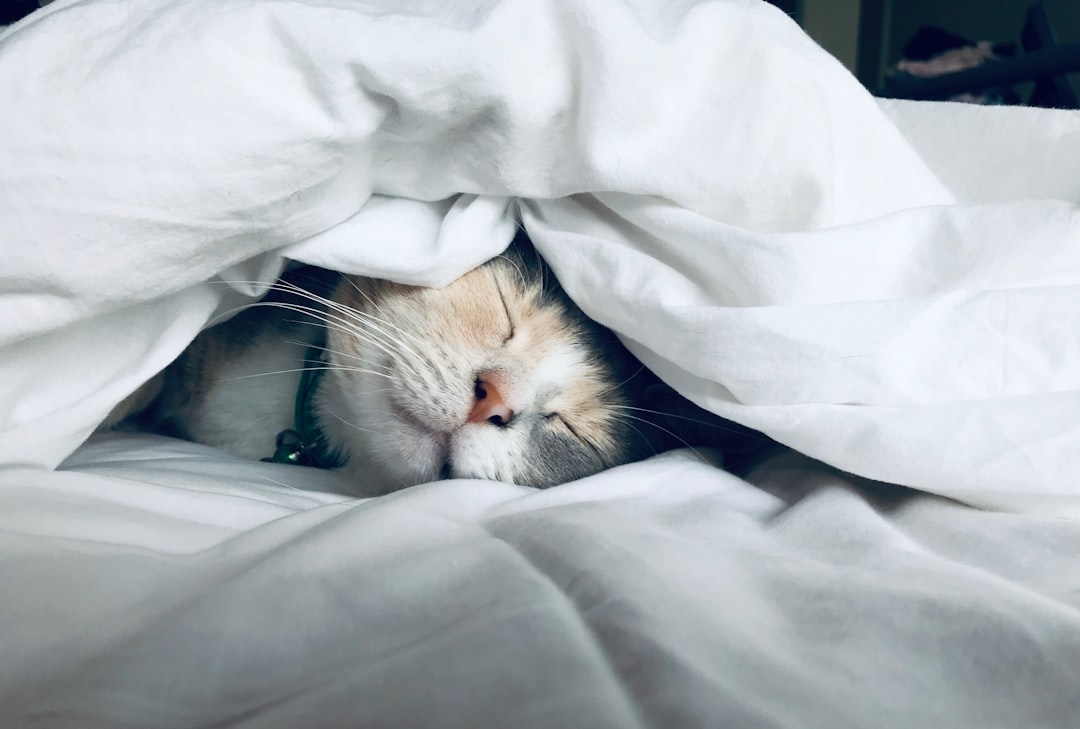
Cats love warmth, so winter can be difficult for them in chilly or drafty houses. To keep your cat comfortable in winter, make sure that your home is adequately heated and that your cat doesn’t get stuck outside, first and foremost. Think beyond just cranking up your heating system.
Indoor cats with plenty of warm cozy places available can still get cold. A heated bed or thermal self-heating mat may be a treat for them. Heated beds are perfect for older, arthritic cats that suffer in cold drafts coming through doors and windows. Consider placing these heated options in your cat’s favorite resting spots, away from high-traffic areas where they might feel vulnerable.
If your kitty can’t seem to get warm, you might consider using a space heater or an electric bed. These should only be operated under direct supervision, however. Never leave these on when your cat is home alone. Safety should always come first when introducing any electrical heating elements to your cat’s environment.
Adjust Their Diet for Winter Needs
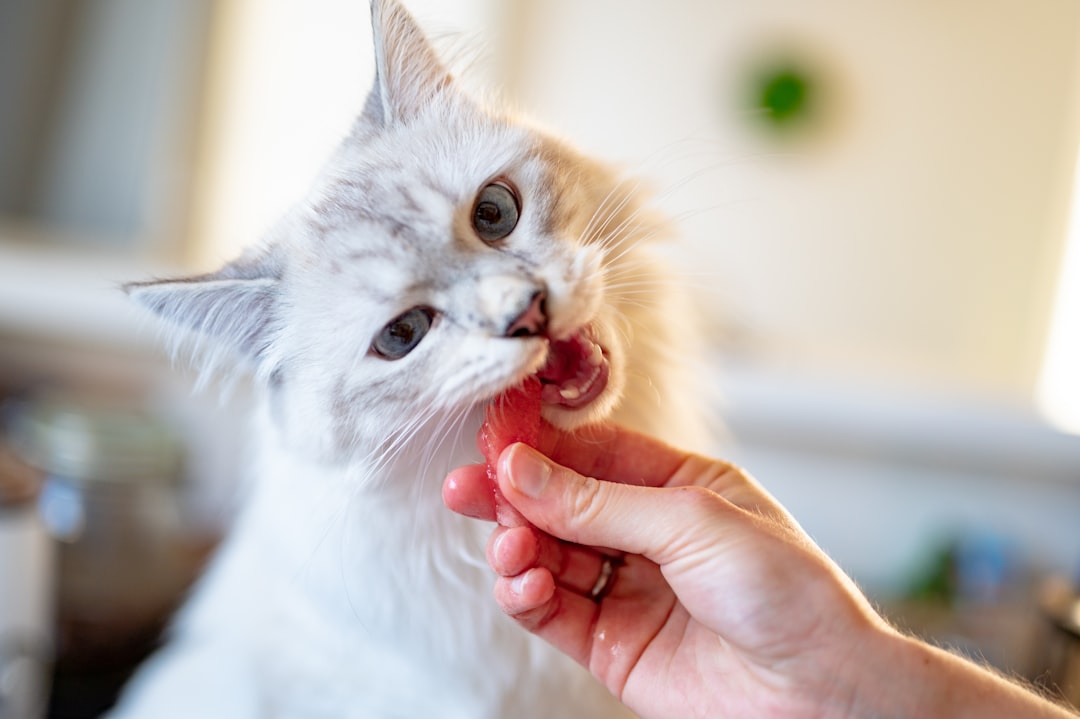
Cats are generally less active in winter and sleep more, so usually their calorie needs will be lower. Consult your veterinarian if your cat is gaining weight or if you aren’t sure how much food they should be eating, but in general, I recommend cutting back on the treats in winter regardless. This reduced activity level is completely natural for indoor cats during colder months.
Wet food is a great source of extra hydration and should be incorporated into your cat’s diet. Wet food tends to be lower in calories compared to dry food which also helps to keep them trim. An omega-3 or fish oil supplement also can be helpful in keeping your cat’s coat thick and healthy during winter. If you suspect your cat isn’t getting enough omega-3 from their diet, consult a veterinarian to see if they would benefit from a supplement.
For outdoor cats, the opposite holds true. A regular, ample supply of food will help them conserve the energy they need to stay warm. It will also help their bodies sustain their natural insulation: thick coats and an extra layer of fat. These cats are burning significantly more calories just trying to maintain their body temperature.
Maintain Proper Hydration Levels
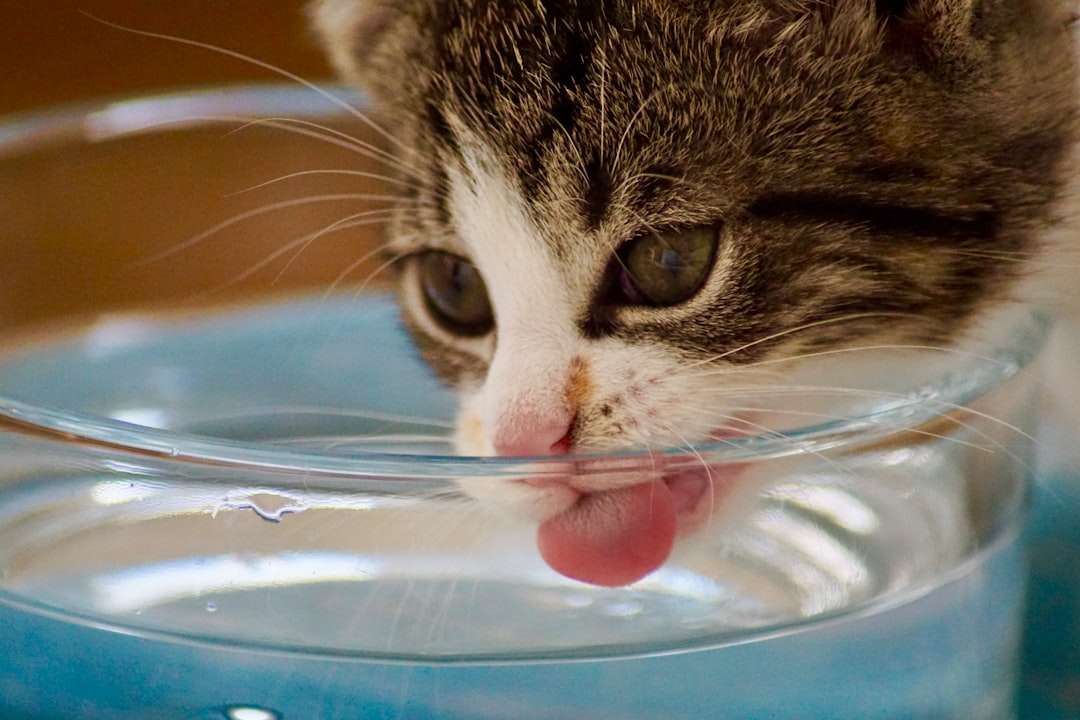
Cold weather also means drier weather, so cats need extra water to stay hydrated. Make sure that your cat has fresh water set out morning and evening so they can drink up. Dry heat in winter can contribute to dehydration, so be sure your cat has easy access to fresh water. The combination of indoor heating and cold outdoor air creates particularly dry conditions.
Consider water fountains to encourage more frequent trips. Wet food is a great source of extra hydration and should be incorporated into your cat’s diet. Be sure to change the water daily, and wash your cat’s water dish. Clean, fresh water will tempt your cat to drink more. Consider feeding your cat wet food, as it has higher water content than dry food and provides some hydration.
For outdoor cats, water access becomes even more critical. You might think of summer as a time when outdoor cats need plenty of water, and it is, but winter hydration is equally important since cats may be less likely to drink in cold weather. Frozen water bowls can quickly become a life-threatening issue during severe cold spells.
Protect Their Paws From Harsh Elements
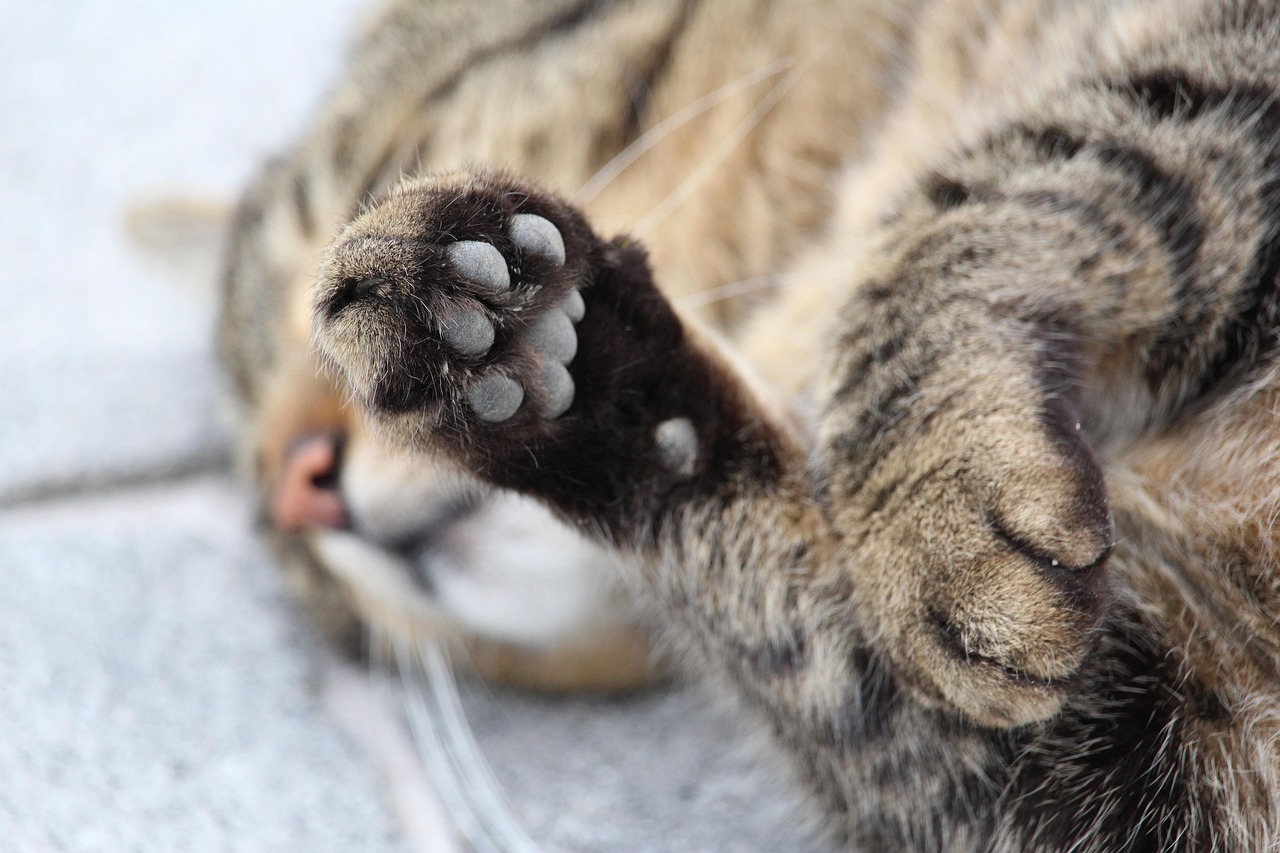
Cats’ paws are sensitive to the cold and can be damaged by ice, salt, and other chemicals used to treat roads and sidewalks. To protect their paws, consider applying a protective, pet-safe balm, paw wax, or booties before going outside. You can help protect your outdoor cat’s paws from ice and harsh de-icing chemicals by using a little petroleum jelly or even chapstick on the paw pads before she goes outside. Chemicals can be more problematic to cat paws than the snow and ice. When your cat comes indoors, gently clean and towel dry its paws, then dab a little more petroleum jelly on the paws.
After each walk, check your cat’s paws for any signs of cracks, redness, or irritation. Winter conditions can cause serious damage to paw pads, including chemical burns from de-icing products. Don’t use salt or chemical melting products to clear snow. They can be lethal when licked off paws or ingested from melting puddles. They are also harmful to cats’ natural snowshoestheir paws!
Build Adequate Outdoor Shelters
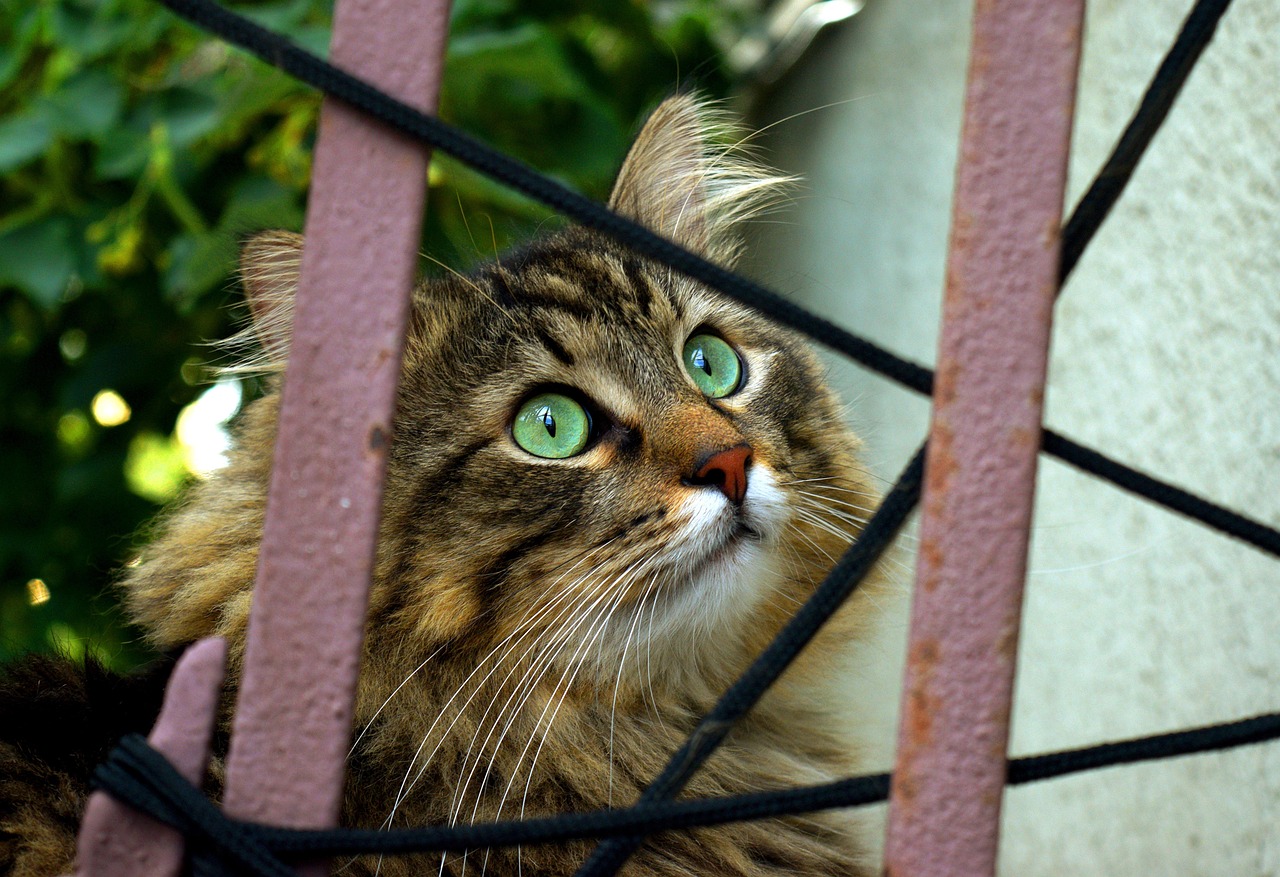
The doorway should only be big enough for cats. Putting a door flap over the entry way also keeps out cold air and potential predators. Also make sure the entry way is several inches above ground level to keep out rain and snow. Proper shelter design makes the difference between a cat surviving versus thriving during harsh winter conditions.
Insulate the shelter with straw to repel moisture. Do not use hay, or things like blankets and towels! they soak up moisture like a sponge and make the shelter wet and cold. You can also line shelters with mylar blankets, those distinct silver blankets that reflect radiant heat. Lay straw on top of the blanket. The key is maintaining dryness while trapping body heat effectively.
Make sure the shelter is level and elevated. The shelter should be off the cold ground for protection from dampness. Face the entry way away from the wind and preferably facing a wall so that only cats can get in and out. Size matters too – smaller shelters actually work better because they trap body heat more efficiently than oversized spaces.
Monitor for Cold-Related Health Issues
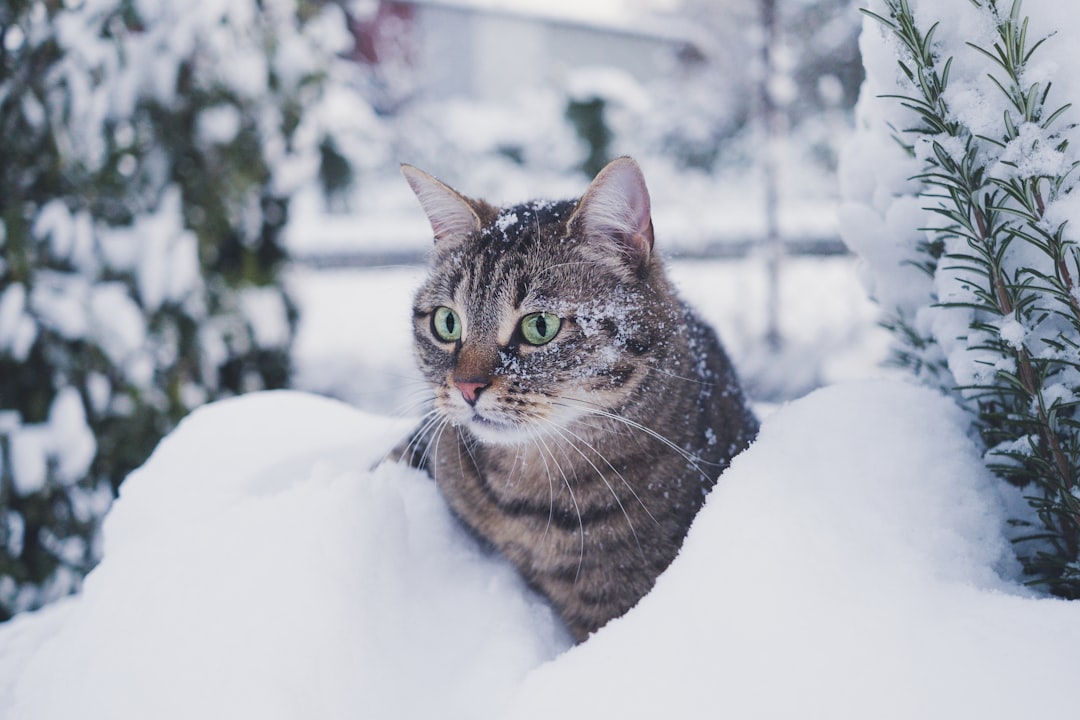
Outdoor cats are at risk of frostbite and hypothermia in the winter. Young or very old cats are extra susceptible to cold symptoms, as are hairless cat breeds or cats with health problems. Cats are most susceptible to frostbite on their ears, nose, tail and toes because these areas do not have a lot of fur. Areas affected by frostbite will become pale or bluish white in color and will feel cooler than the rest of your cat. Take your cat to the vet for treatment and warm the skin with warm water on the way.
Signs of hypothermia in cats are shivering, anxiety, crying and lethargy. Your cat’s body temperature and breathing rate can decline leading to a coma, therefore cat owners should take their cat to the vet immediately if they suspect their cat is suffering from hypothermia. A cat experiencing hypothermia should be immediately taken to a warm room with warm blankets and head to the emergency clinic in a heated vehicle.
Cold weather can exacerbate symptoms of stiffness and arthritis in cats and make them even more uncomfortable. If you’re caring for a senior cat or a cat who’s been diagnosed with arthritis, take extra care to keep them comfortable in winter. I recommend creating a soft, warm place for them to rest and add extra blankets, cushions, or fuzzy throws to give their bed some distance from cold floors.
Prevent Winter Safety Hazards

Keep antifreeze away from cats. Antifreeze is poison. Animals, including cats, find its taste irresistible. As little as a teaspoon of auto antifreeze spilled in your driveway can be fatal for a cat. This sweet-tasting chemical poses one of the most serious winter threats to cats, both indoor and outdoor.
Always check under the hood of your car for cats. Before you turn on your car engine, look under your car to make sure the coast is clear, and check to see that no cats have curled up in your engine during especially cold days. Cats may crawl up under a car in an attempt to seek warmth. A simple hood bang or horn honk can save a life.
Take the time to cat-proof your holiday decorations, Christmas tree, and heat sources, like wood and gas stoves and space heaters. Winter brings additional indoor hazards as we rely more heavily on heating equipment and seasonal decorations. Holiday plants such as holly and mistletoe are toxic to cats (and dogs). Plastic ones or other holiday plants should be used instead.
Keep Them Active and Entertained
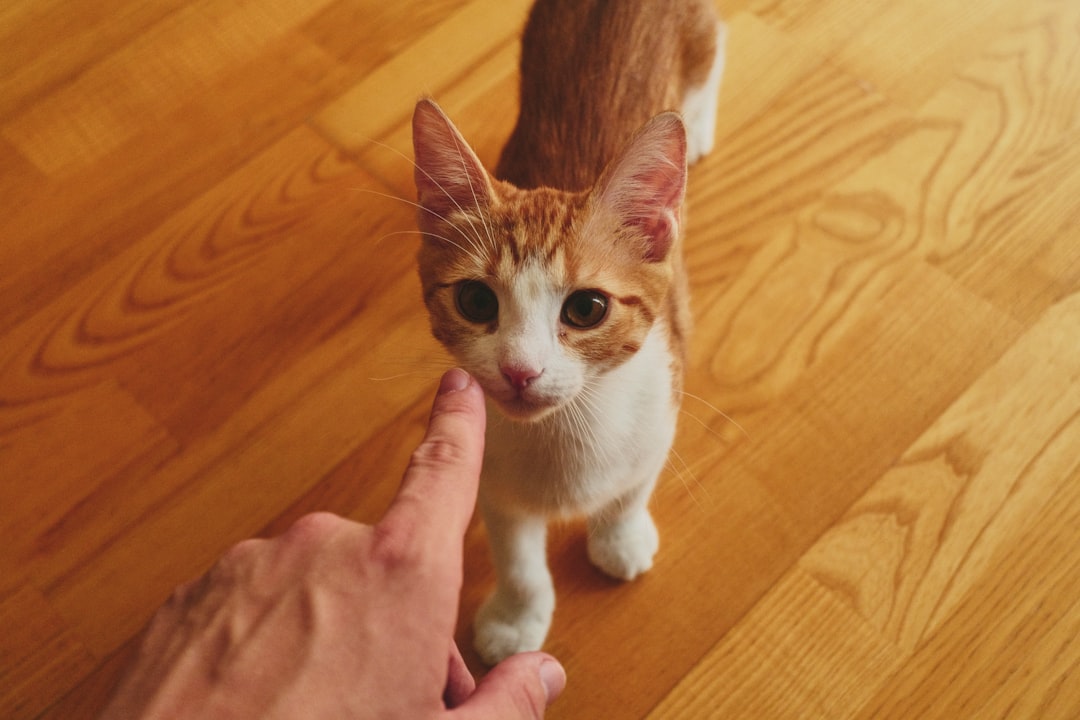
When it’s cold outside, many cats (and their owners) love nothing more than snuggling up and staying warm indoors. However, less exercise can lead to weight gain. Get creative with indoor toys and games to keep your cat active on a regular basis. You may also need to adjust the amount you feed them, as they won’t need as many calories if they’re less active.
While not exactly a hazard, your cat’s mental and emotional health is important, and boredom can become an issue if your adventurous outdoor cat is suddenly confined indoors for weeks at a time. Keep your kitty entertained with plenty of one-on-one play sessions. Veterinary experts recommend various strategies for keeping cats mentally stimulated indoors to avoid boredom (and unwanted behaviors).
You can also warm up your cat by initiating an interactive game. Invite them to swat at a safe cat wand, hunt mice toys, or chase ping pong balls. Some cats love an obstacle course of cardboard boxes and paper bags, which you can set up easily. Just be sure to supervise them while they play and put the boxes and bags away when you’re done. Indoor entertainment becomes crucial for maintaining both physical fitness and mental well-being during the long winter months.
Conclusion
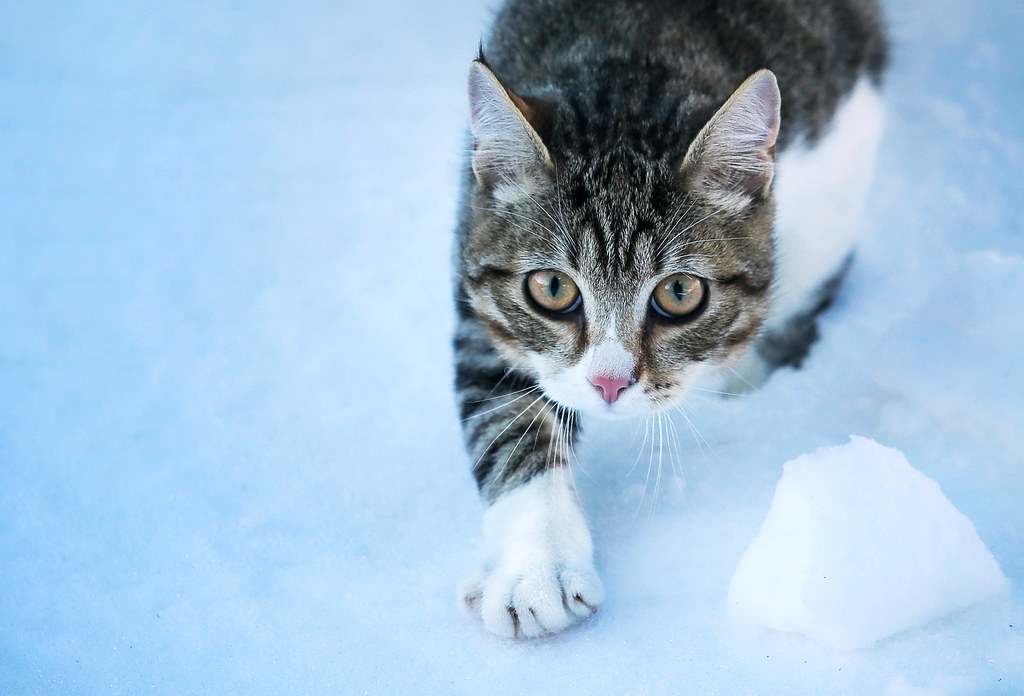
Winter care for cats requires thoughtful preparation and consistent attention to their changing needs. From creating warm refuges and adjusting their diet to protecting vulnerable paws and monitoring for serious health issues, each strategy plays a vital role in your cat’s winter wellness. Remember that outdoor cats face significantly greater challenges and may need more intensive support during extreme weather conditions.
The investment in proper winter care pays dividends in your cat’s health, comfort, and longevity. Whether you’re helping a beloved indoor companion stay cozy or supporting community cats through harsh conditions, these eight tips provide a comprehensive foundation for winter cat care. What steps will you take first to prepare your feline friend for the cold months ahead?






